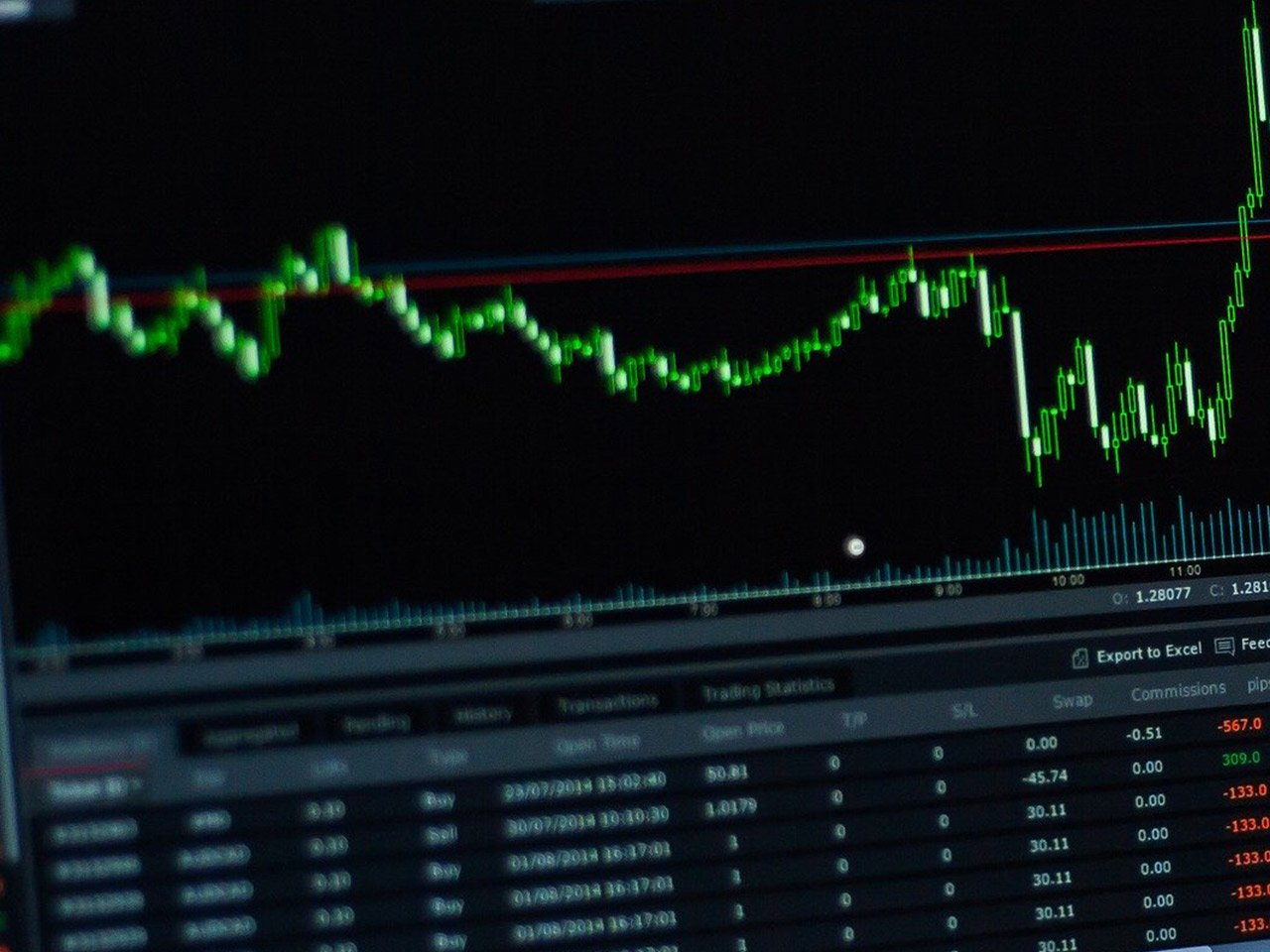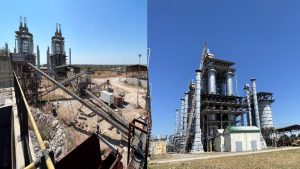Taylor Wimpey PLC, trading under the symbol TW.L, is an established name in the residential construction industry, with a rich history dating back to 1880. Headquartered in High Wycombe, the company operates predominantly in the United Kingdom and Spain, where it is a key player in the consumer cyclical sector. With a market capitalisation of $4.23 billion, Taylor Wimpey has long been a significant contributor to the UK housing market.
At the current trading price of 119.35 GBp, Taylor Wimpey’s share price remains steady, reflecting a 52-week range between 1.16 and 168.85 GBp. This stability is noteworthy amidst the often-volatile residential construction industry, where market dynamics can shift rapidly based on economic conditions and policy changes.
One of the standout features of Taylor Wimpey is its dividend yield, which currently stands at an impressive 7.77%. This high yield is particularly attractive to income-focused investors, although it comes with a hefty payout ratio of 154.68%. Such a high payout ratio may raise questions about the sustainability of dividends in the long term, especially if revenue growth remains modest. Currently, the company reports a revenue growth of only 0.30%, which might not be sufficient to support ongoing dividend distributions without impacting its financial health.
Analyst ratings provide a positive outlook for Taylor Wimpey, with 13 buy ratings and 5 hold ratings, and no sell ratings. The average target price is 146.77 GBp, suggesting a potential upside of 22.97% from the current price. This optimism is reflected in the technical indicators, with the 50-day moving average standing at 114.19 GBp and the 200-day moving average at 126.98 GBp. However, investors should note the Relative Strength Index (RSI) of 76.26, which indicates that the stock may be overbought at the current levels.
The company’s forward P/E ratio of 1,162.35 suggests that investors expect significant future earnings growth, despite the absence of a trailing P/E ratio and other valuation metrics. This anticipation might be driven by its strategic positioning and potential in both the UK and Spanish markets, although it also reflects the volatility and uncertainty inherent in forecasting long-term performance in the construction industry.
Taylor Wimpey’s return on equity (ROE) of 4.92% indicates moderate efficiency in generating profits from its shareholders’ equity, while its free cash flow of £187,124,992 provides some reassurance of its ability to fund operations and investments without relying excessively on external financing.
For investors considering Taylor Wimpey, the key factors to weigh include its robust dividend yield against the backdrop of a high payout ratio, the optimistic analyst ratings, and the technical signals suggesting potential overbought conditions. As the housing market continues to evolve, Taylor Wimpey’s strategic decisions and market conditions will be pivotal in determining its ability to deliver value to shareholders.










































